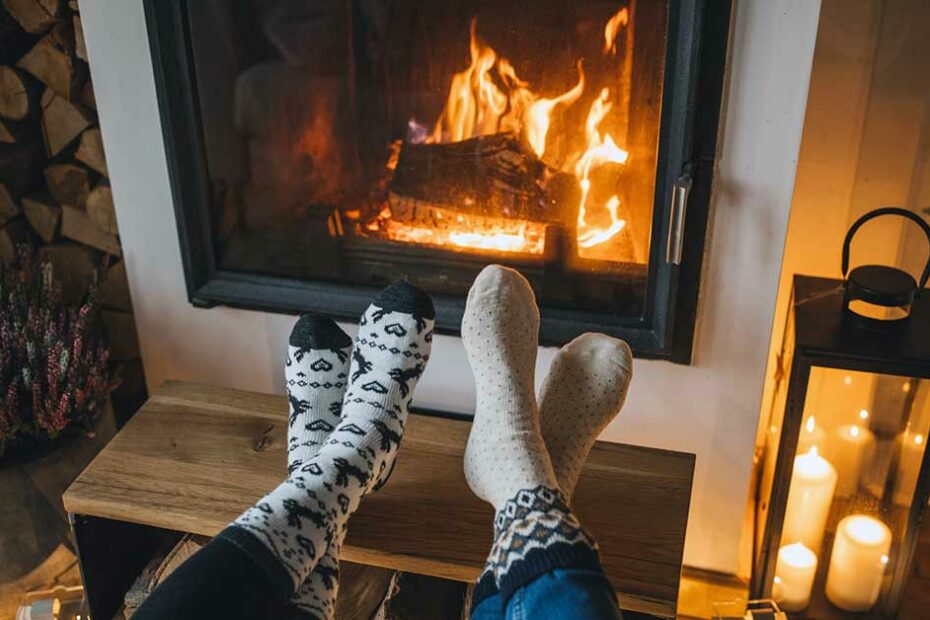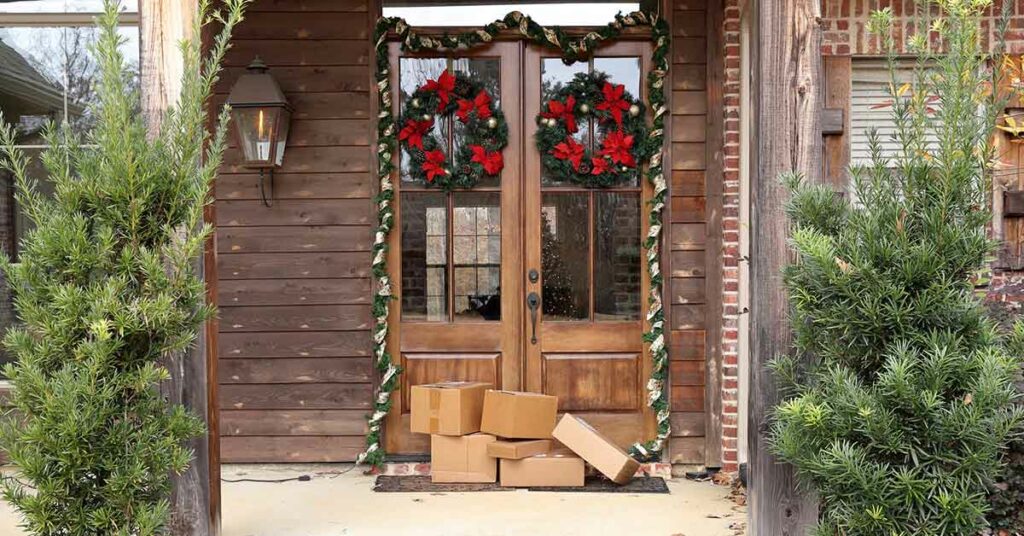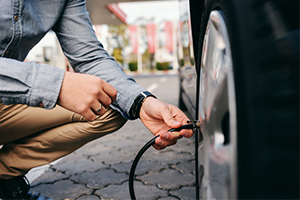Nothing quite beats the ambiance and comfort of a fireplace. It adds warmth, beauty, and gathers the family around to bask in its glow. But as fascinating as the crackling sound of wood burning and the beautiful sight of blazing flames may be, setting a fire or being near one is potentially dangerous. Injuries and property damage are examples of in-house fireplace risks when you fail to exercise the necessary safety precautions. Before lighting a fire and snuggling up with some hot cocoa this holiday season, remember to follow these safety measures so that your fireplace may continue to bring enjoyment for years to come without risking your family’s safety.
Understanding Your Fireplace
Did you know there are different types of fireplaces? The most important step of fireplace safety is to know what kind of fireplace you have. Here are the four most common types of fireplaces categorized by fuel type:
- Solid Fuel – Uses materials such as wood, coal, pellets, and manufactured goods like a Duraflame log
- Gas – May either run on propane or natural gas
- Electric – A simulated fire using various forms of lighting
- Gel/Alcohol Fuel – Petroleum or alcohol-based gel is poured into a pan, cartridge, or decorative bowl then lit.
No matter which type of fireplace you have, remember to conduct regular maintenance checks. You should never burn rolled newspapers, plastic, or garbage in your fireplace. Additionally, never use a liquid accelerant like lighter fluid to start a fire.
Wood-Burning Fireplace Safety
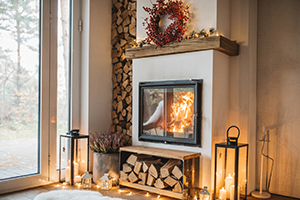
As the most traditional fireplace, wood-burners are what many people have been using as a way to stay warm for many centuries. This heat source is what you may think of when going camping and derives from wood burning. The biggest downside to wood-burning is storing firewood, attending to the fire, and possible dangerous smoke emission in an enclosed home. Also, it requires a lot of maintenance, such as discarding ashes before usage and annual inspections of your damper and chimney.
Before lighting a fire, make sure the area is free of flammable hazards such as books or newspapers. Have a chimney cap installed to protect against debris or animals from blocking your chimney. Use only seasoned dry wood of the right length, and never overload your fireplace. And exercise good safety measures by always making sure the fire is out before leaving home or going to bed.
Direct Gas Fireplace Safety
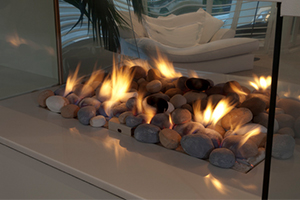
Gas fireplaces are usually much easier to use since you can start or stop fires immediately through a switch or remote. Gas fireplace usually does not produce any ashes therefore maintenance is very minimal. To maintain your gas fireplace, properly clean the interior surface, and have a certified technician inspect your gas line connections, burners, and other components. Only properly trained technicians should perform maintenance checks and any necessary work on a gas fireplace. If your fireplace does not have a protective barrier, like a screen, install one to prevent severe burns or other injuries.
Electric Fireplace Safety
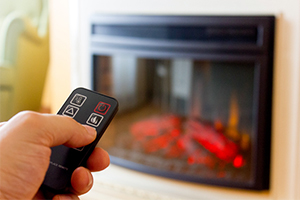
Electric fireplaces are very common for residents that do not have a chimney. They provide the convenience of a fireplace experience without the burning of solid fuels or emanating gas. Instead, an electric fireplace produces a simulated fire generating artificial heat and runs on electricity. With a remote or on/off switch, electric fireplaces can turn off instantly. Although there’s no real fire, making it a safer alternative, electric fireplaces should be treated like an electrical appliance. Therefore, be aware of wattage requirements, overloaded outlets, overheating, and electrical shocks.
Gel Fueled Fireplace Safety
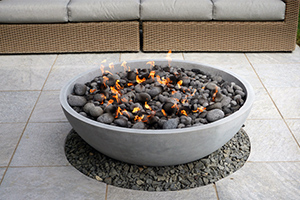
Used both indoors and outdoors, gel fuel fireplaces do not require a chimney, gas line hookup, electricity, or a venting system. These gel fuels come in a canister of an alcohol-based gel with a burning time of two to three hours. It’s important to store it in a cool place to prevent catching on fire. Although gel fuel may get expensive, don’t try to save money by buying a cheap version of gel fuel that may not be safety rated by OSHA or the FDA. Additionally, if you have a gel-fueled indoor fireplace, make sure to get fuels for indoor use to prevent dangerous levels of carbon monoxide.
Additional Fireplace Safety Tips
To prevent starting a fire in your home and ensure your loved ones’ safety, keep these crucial tips in mind.
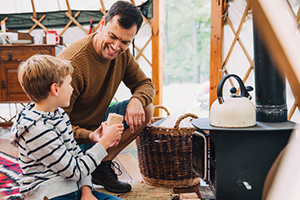
- Keep a window cracked open while the fire is burning.
- Have your fireplace checked annually by a professional.
- Clear the area around the fireplace for anything potentially flammable.
- Never leave a fireplace unattended.
- Install both smoke and carbon monoxide detectors and test them monthly.
- Keep a fire extinguisher nearby.
- Educate children about the possible dangers of fire and heat.
Is Your Home Protected Against Accidental Fires?
Luckily, a standard Homeowners Insurance policy typically helps cover the cost of repairing or replacing your home and belongings from accidental fires. But you should always try to avoid a Homeowners Insurance claim. Before a disaster occurs, speak with one of our Insurance Specialists today at (855) 919-4247. We’ll help you understand and determine the right amount of coverage for you and your family
The information in this article is obtained from various sources and offered for educational purposes only. Furthermore, it should not replace the advice of a qualified professional. The definitions, terms, and coverage in a given policy may be different than those suggested here. No warranty or appropriateness for a specific purpose is expressed or implied.
